Mitsubishi ASX vs Dacia Bigster - Differences and prices compared
Compare performance (158 HP vs 155 HP), boot space and price (20600 £ vs 20600 £) at a glance. Find out which car is the better choice for you – Mitsubishi ASX or Dacia Bigster?
Costs and Efficiency:
When it comes to price and running costs, the biggest differences usually appear. This is often where you see which car fits your budget better in the long run.
Both models are evenly matched in price – each starts at 20600 £.
Fuel consumption also shows a difference: Mitsubishi ASX manages with 4.40 L and is therefore hardly perceptible more efficient than the Dacia Bigster with 4.70 L. The difference is about 0.30 L per 100 km.
Engine and Performance:
Power, torque and acceleration say a lot about how a car feels on the road. This is where you see which model delivers more driving dynamics.
When it comes to engine power, the Mitsubishi ASX has a barely noticeable edge – offering 158 HP compared to 155 HP. That’s roughly 3 HP more horsepower.
In acceleration from 0 to 100 km/h, the Mitsubishi ASX is somewhat quicker – completing the sprint in 8.50 s, while the Dacia Bigster takes 9.70 s. That’s about 1.20 s faster.
There’s no difference in top speed – both reach 180 km/h.
There’s also a difference in torque: Mitsubishi ASX pulls to a small extent stronger with 270 Nm compared to 230 Nm. That’s about 40 Nm difference.
Space and Everyday Use:
Whether family car or daily driver – which one offers more room, flexibility and comfort?
Both vehicles offer seating for 5 people.
In curb weight, Mitsubishi ASX is barely noticeable lighter – 1296 kg compared to 1425 kg. The difference is around 129 kg.
In terms of boot space, the Dacia Bigster offers clearly perceptible more room – 667 L compared to 484 L. That’s a difference of about 183 L.
In maximum load capacity, the Dacia Bigster performs to a small extent better – up to 1937 L, which is about 341 L more than the Mitsubishi ASX.
When it comes to payload, Dacia Bigster slight takes the win – 467 kg compared to 449 kg. That’s a difference of about 18 kg.
Who wins the race?
The Dacia Bigster proves to be only a minor advantage and therefore becomes our DriveDuel Champion!
Dacia Bigster is the better all-rounder in this comparison.

Dacia Bigster
Costs and Consumption
View detailed analysis
Engine and Performance
View detailed analysis
Dimensions and Body
View detailed analysis
Mitsubishi ASX
The Mitsubishi ASX is a compact crossover that mixes practicality with a no-nonsense personality, making it an easy choice for buyers who want sensible space without the showroom theatrics. It won't set your pulse racing, but its composed ride and user-friendly kit make it a dependable companion for daily errands and weekend escapes — reliable rather than flashy.
details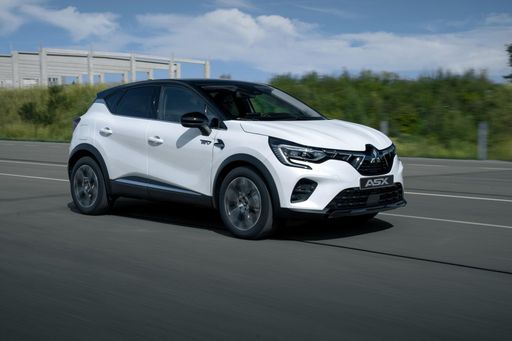
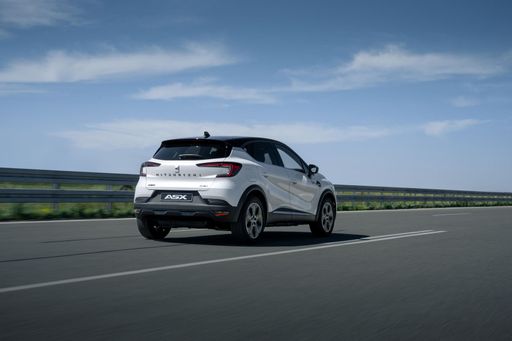

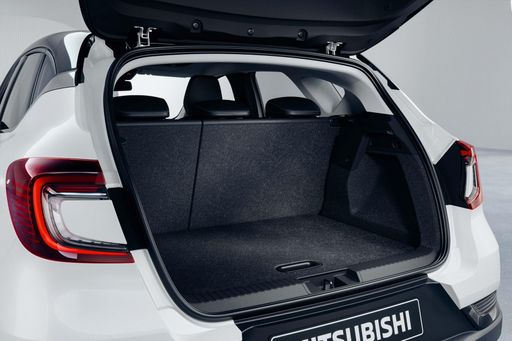
Dacia Bigster
The Bigster is poised to redefine the SUV segment with its bold design and spacious interior, catering to the needs of both families and adventure seekers alike. Emphasizing sustainability and practicality, this model reflects a modern approach to automotive engineering, making it a compelling choice for environmentally conscious drivers. With its striking presence on the road, the Bigster not only captures attention but also embodies a new era of versatile mobility.
details
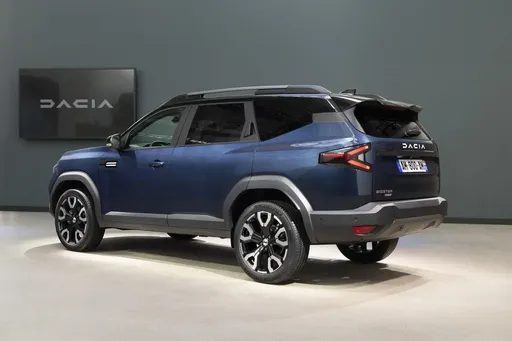

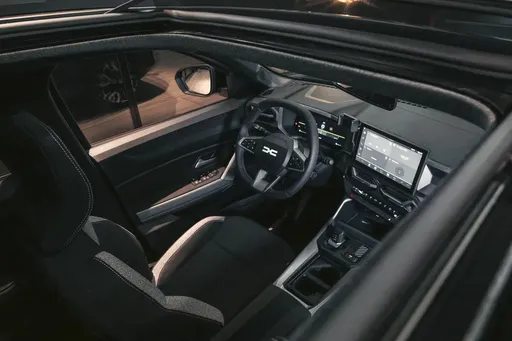
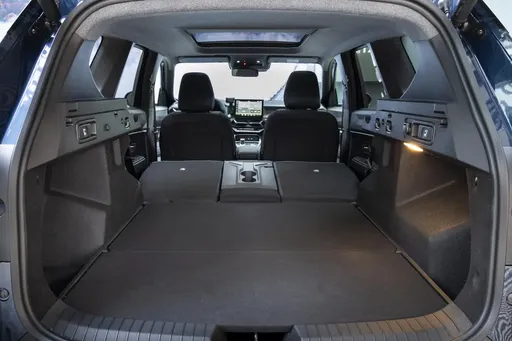

|

|
|
|
|
Costs and Consumption |
|
|---|---|
|
Price
20600 - 32500 £
|
Price
20600 - 26600 £
|
|
Consumption L/100km
4.4 - 6 L
|
Consumption L/100km
4.7 - 7.1 L
|
|
Consumption kWh/100km
-
|
Consumption kWh/100km
-
|
|
Electric Range
-
|
Electric Range
-
|
|
Battery Capacity
-
|
Battery Capacity
-
|
|
co2
99 - 135 g/km
|
co2
106 - 137 g/km
|
|
Fuel tank capacity
48 L
|
Fuel tank capacity
50 - 55 L
|
Dimensions and Body |
|
|---|---|
|
Body Type
SUV
|
Body Type
SUV
|
|
Seats
5
|
Seats
5
|
|
Doors
5
|
Doors
5
|
|
Curb weight
1296 - 1493 kg
|
Curb weight
1425 - 1547 kg
|
|
Trunk capacity
348 - 484 L
|
Trunk capacity
510 - 667 L
|
|
Length
4239 mm
|
Length
4570 mm
|
|
Width
1797 mm
|
Width
1813 mm
|
|
Height
1575 mm
|
Height
1705 mm
|
|
Max trunk capacity
1458 - 1596 L
|
Max trunk capacity
1813 - 1937 L
|
|
Payload
397 - 449 kg
|
Payload
383 - 467 kg
|
Engine and Performance |
|
|---|---|
|
Engine Type
Petrol, Petrol MHEV, Full Hybrid
|
Engine Type
Petrol MHEV, Full Hybrid, LPG
|
|
Transmission
Manuel, Automatic
|
Transmission
Manuel, Automatic
|
|
Transmission Detail
Manual Gearbox, Dual-Clutch Automatic, Automatic Gearbox
|
Transmission Detail
Manual Gearbox, Automated Manual
|
|
Drive Type
Front-Wheel Drive
|
Drive Type
All-Wheel Drive, Front-Wheel Drive
|
|
Power HP
91 - 158 HP
|
Power HP
130 - 155 HP
|
|
Acceleration 0-100km/h
8.5 - 14 s
|
Acceleration 0-100km/h
9.7 - 11.2 s
|
|
Max Speed
168 - 180 km/h
|
Max Speed
180 km/h
|
|
Torque
160 - 270 Nm
|
Torque
230 Nm
|
|
Number of Cylinders
3 - 4
|
Number of Cylinders
3 - 4
|
|
Power kW
67 - 116 kW
|
Power kW
96 - 115 kW
|
|
Engine capacity
999 - 1789 cm3
|
Engine capacity
1199 - 1799 cm3
|
General |
|
|---|---|
|
Model Year
2024 - 2025
|
Model Year
2025
|
|
CO2 Efficiency Class
D, C
|
CO2 Efficiency Class
E, D, C
|
|
Brand
Mitsubishi
|
Brand
Dacia
|
What drive types are available for the Mitsubishi ASX?
Available configurations include Front-Wheel Drive.
The prices and data displayed are estimates based on German list prices and may vary by country. This information is not legally binding.
